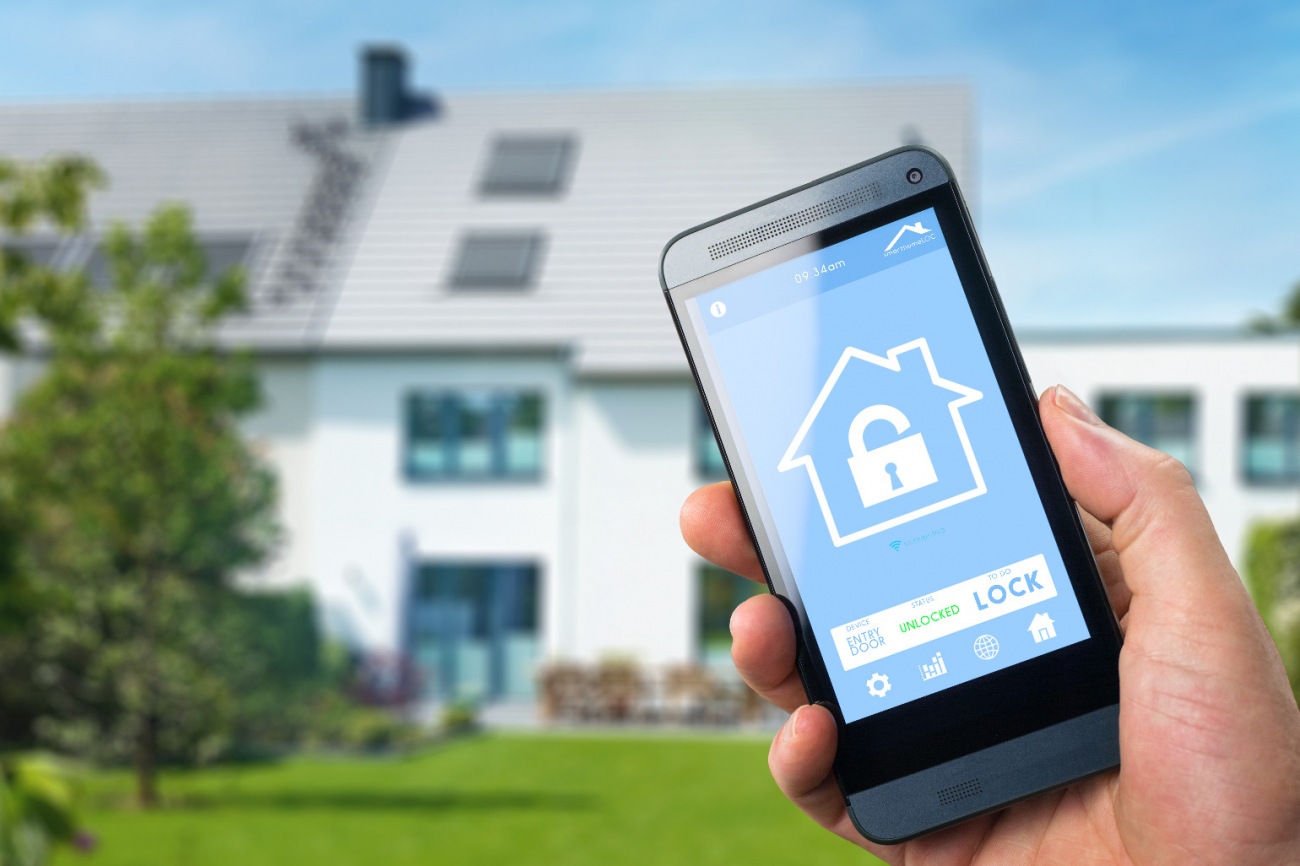In the fast-evolving world of technology, smart health monitors for the elderly have become a crucial tool. For homeowners and businesses, integrating these devices offers not only peace of mind but also a proactive approach to health management. With the aging population growing, the demand for innovative solutions that ensure the safety and well-being of our elderly loved ones is on the rise.
These smart health monitors are designed to track a variety of health metrics, from heart rate to sleep patterns, and even detect falls. They provide real-time data that can be shared with caregivers or medical professionals, allowing for timely interventions. But are they truly essential for homeowners and businesses?

The Benefits of Smart Health Monitors
The primary advantage of using smart health monitors is their ability to offer continuous health monitoring. This can be particularly beneficial for businesses such as assisted living facilities, where staff can monitor multiple residents simultaneously. For homeowners, these devices ensure that loved ones are safe even when you're not around.
Moreover, the data collected can help in creating a personalized health plan. By understanding patterns and trends in health data, adjustments can be made to improve the overall health of the elderly. This proactive approach to health care can lead to early detection of potential issues, preventing more serious health problems down the line.
Key Features to Look For
When selecting a smart health monitor, it's important to consider features that are most beneficial to the elderly. Look for devices that offer easy-to-read displays, long battery life, and reliable connectivity. Fall detection and emergency alerts are crucial features that can promptly notify caregivers or emergency services.
Another important aspect is the integration of these monitors with other smart home devices. For instance, a monitor that can communicate with a smart home system can automatically adjust the environment based on the user's needs, such as dimming lights if it detects the user is getting ready for sleep.
Challenges and Considerations
Despite their benefits, there are challenges to consider. For one, privacy concerns are a major issue as these devices collect sensitive health data. It's crucial to choose products from reputable companies that comply with privacy standards and offer secure data encryption.
Additionally, there can be a learning curve for the elderly in using these devices. Ensuring that the devices are user-friendly and providing proper training can mitigate this issue. Businesses can also offer workshops or one-on-one sessions to help elderly residents become comfortable with their new technology.
Cost vs. Value
One might wonder whether the cost of these smart health monitors is justified. While initial expenses might seem high, the long-term benefits often outweigh the costs. The ability to prevent serious health issues through early detection can save significant healthcare expenses. For businesses, these devices can improve service quality and resident satisfaction, potentially leading to higher occupancy rates.
For homeowners, the investment provides peace of mind knowing that their loved ones are being monitored and protected. Additionally, some insurance providers offer discounts for using such health monitoring devices, further justifying the investment.
Conclusion
In conclusion, smart health monitors for the elderly are more than just a technological trend; they are a vital tool for enhancing the quality of life. For businesses, they represent an opportunity to offer superior care to residents, while for homeowners, they provide reassurance and safety for loved ones. As technology continues to advance, the integration of smart home technology with health monitoring devices will only grow, making these devices an essential part of modern living.

FAQs
1. How do smart health monitors work?
Smart health monitors use sensors to track various health metrics, such as heart rate and sleep patterns. They often connect to smartphones or tablets, allowing data to be monitored remotely by caregivers or healthcare professionals.
2. Are smart health monitors easy for the elderly to use?
Many smart health monitors are designed with user-friendly interfaces, large displays, and simple controls to make them accessible for the elderly. Providing training and support can further enhance ease of use.
3. What should I consider when buying a smart health monitor?
Consider features such as ease of use, connectivity, battery life, and additional features like fall detection or emergency alerts. Ensure the device complies with privacy standards to protect sensitive health data.

